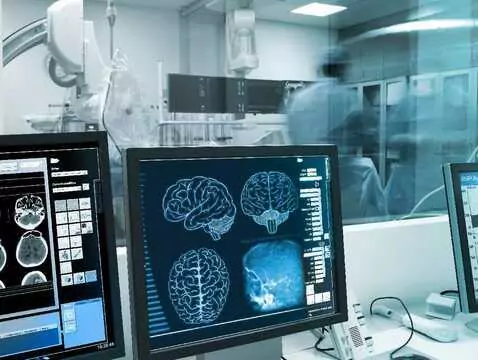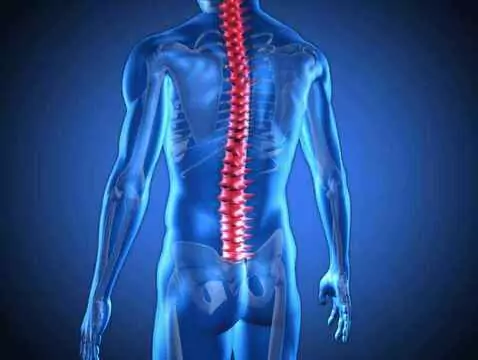Amyotrophic lateral sclerosis is a chronic, progressive neurodegenerative disease for which there is no cure.
It affects people between the ages of 50-70 years, very rarely younger people. The disease 'attacks' the muscles and consequently prevents movement and breathing. The causes of the disease are not fully understood. There is no cure for amyotrophic lateral sclerosis it is only possible to alleviate its symptoms.
Patients survive three to five years after diagnosis. It affects men twice as often as women. Research into the disease and into drugs that would enable patients to live longer and more efficiently is ongoing.
Who diagnoses amyotrophic lateral sclerosis and with what techniques?
A firm diagnosis of amyotrophic lateral sclerosis can be made after a number of specialised examinations by a neurologist (preferably a muscle specialist).
It is necessary to take a detailed history of the patient and his/her family, examine the patient (assessment of the patient's deep reflexes, Babinski reflexes) and perform the following tests:
- immunological tests
- eMG examination
- eNG examination
- magnetic resonance imaging
- cerebrospinal fluid examination
- sometimes a genetic test is also performed
The currently available EL Escorial MND criteria include the presence of clinical signs of peripheral as well as central motor neuron damage in the bulbar and two other spinal segments or lesions/damage in three spinal segments.









